The IPCC Bureau will produce the full assessment report, synthesis reports, methodology reports, and a special report as part of its seventh assessment cycle (AR7)
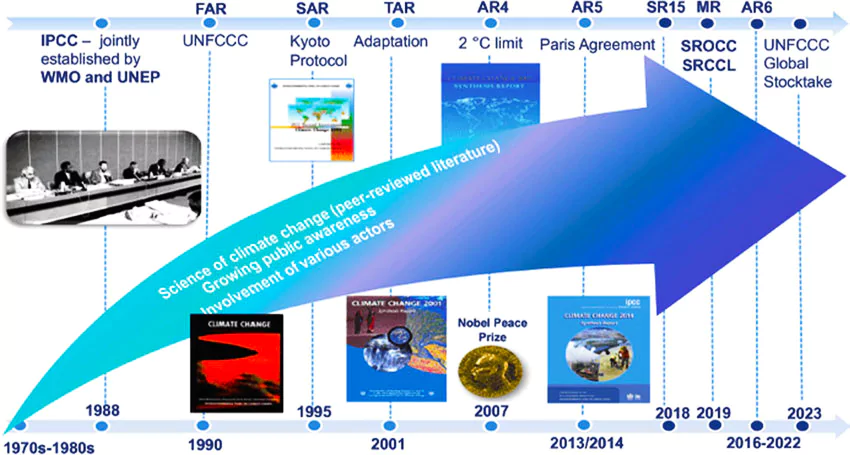 Formation: IPCC was created by the United Nations Environment Programme (UN Environment) and the World Meteorological Organization (WMO) in 1988
Formation: IPCC was created by the United Nations Environment Programme (UN Environment) and the World Meteorological Organization (WMO) in 1988| The Sixth Assessment Report (AR6):
The assessment cycle was from October 2015 to July 2023, and is a compilation of the main findings on results from three Working Groups and 3 special Reports.
|
|---|
| Must Read | |
| NCERT Notes For UPSC | UPSC Daily Current Affairs |
| UPSC Blogs | UPSC Daily Editorials |
| Daily Current Affairs Quiz | Daily Main Answer Writing |
| UPSC Mains Previous Year Papers | UPSC Test Series 2024 |
Recently, OpenAI, the creator of chatbot ChatGPT, has introduced a Generative Artificial Intelligence (GenAI) model named Sora OpenAI.
Sora OpenAI in Japanese means sky, an imagery that evokes ‘limitless creative potential’.
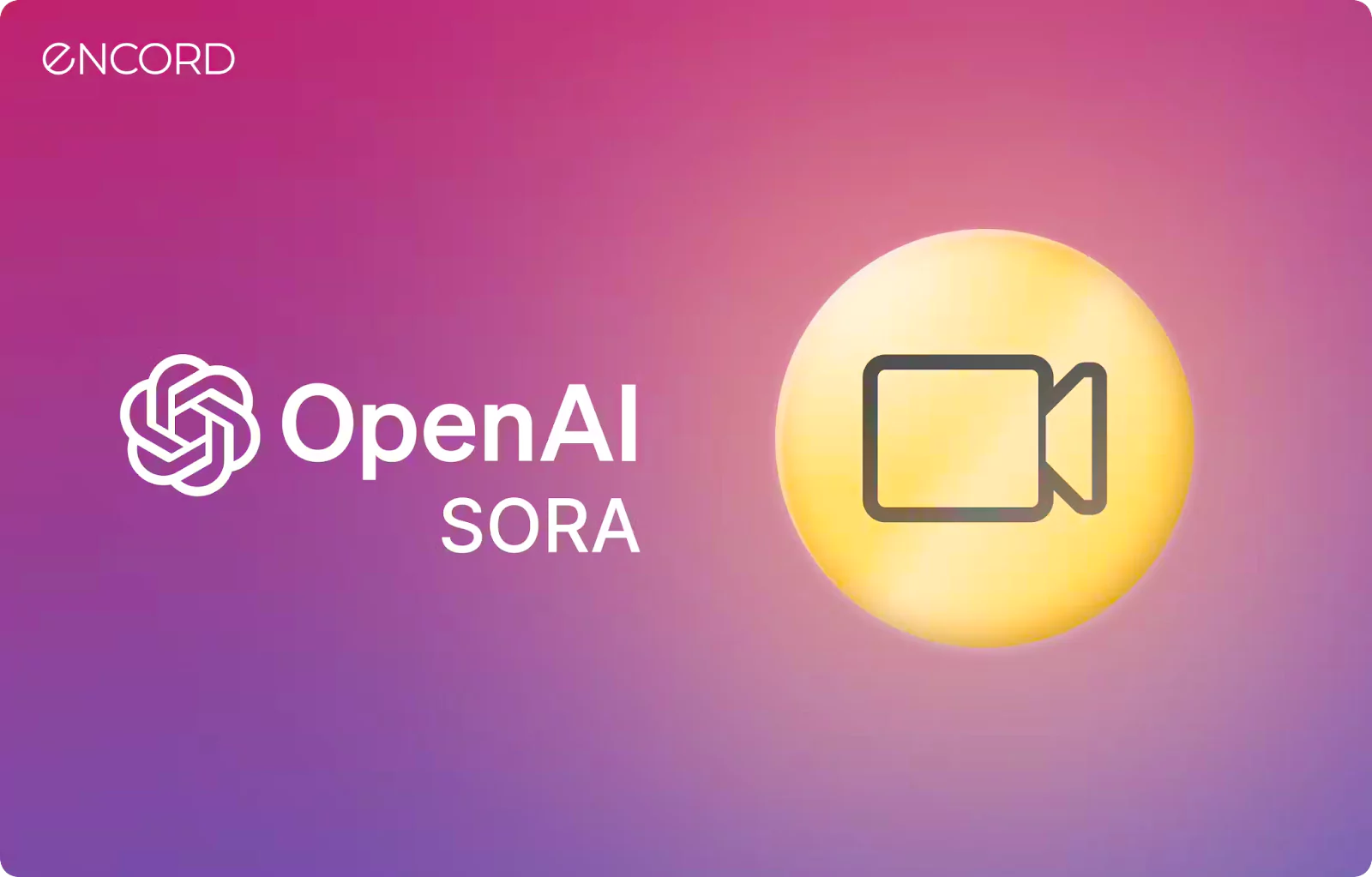
| Other Companies apart from Open AI have ventured into the text-to-video space : Google’s Lumiere, Runway, pika etc. |
|---|
Generative AI:
Diffusion Based AI model:
|
|---|
News Source : The Hindu
| Must Read | |
| NCERT Notes For UPSC | UPSC Daily Current Affairs |
| UPSC Blogs | UPSC Daily Editorials |
| Daily Current Affairs Quiz | Daily Main Answer Writing |
| UPSC Mains Previous Year Papers | UPSC Test Series 2024 |
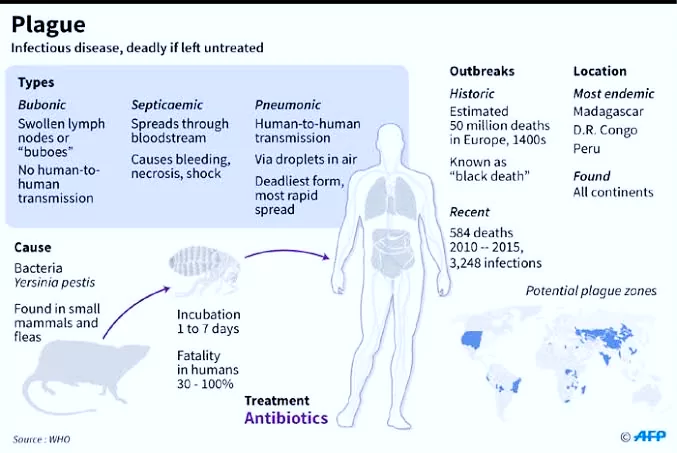
Recently, A confirmed case of Bubonic plague was reported in Oregon, USA.
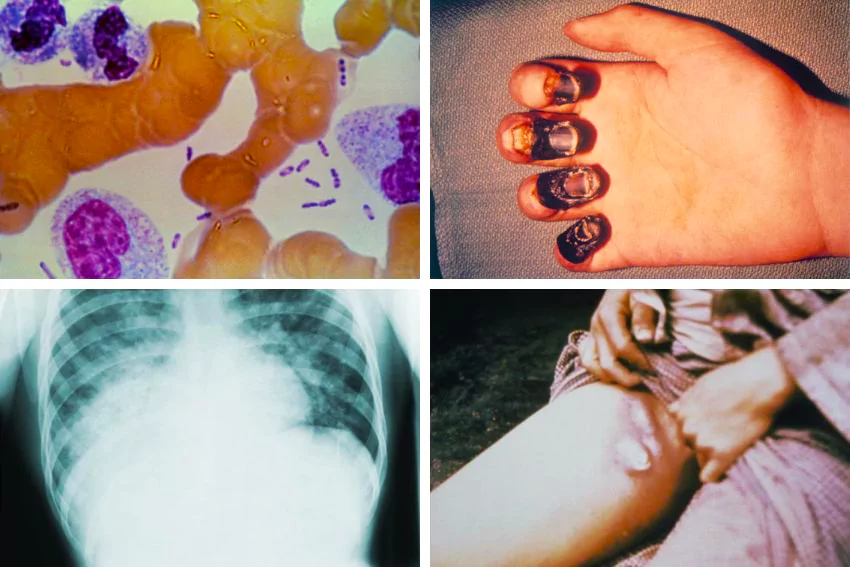 Symptoms:
Symptoms:
History of The Bubonic Plague in India
|
|---|
Also Read:
News Source: Indian Express
| Must Read | |
| NCERT Notes For UPSC | UPSC Daily Current Affairs |
| UPSC Blogs | UPSC Daily Editorials |
| Daily Current Affairs Quiz | Daily Main Answer Writing |
| UPSC Mains Previous Year Papers | UPSC Test Series 2024 |
Fresh protests have emerged from the Senegalese civil society platforms against the postponement of the scheduled presidential elections.
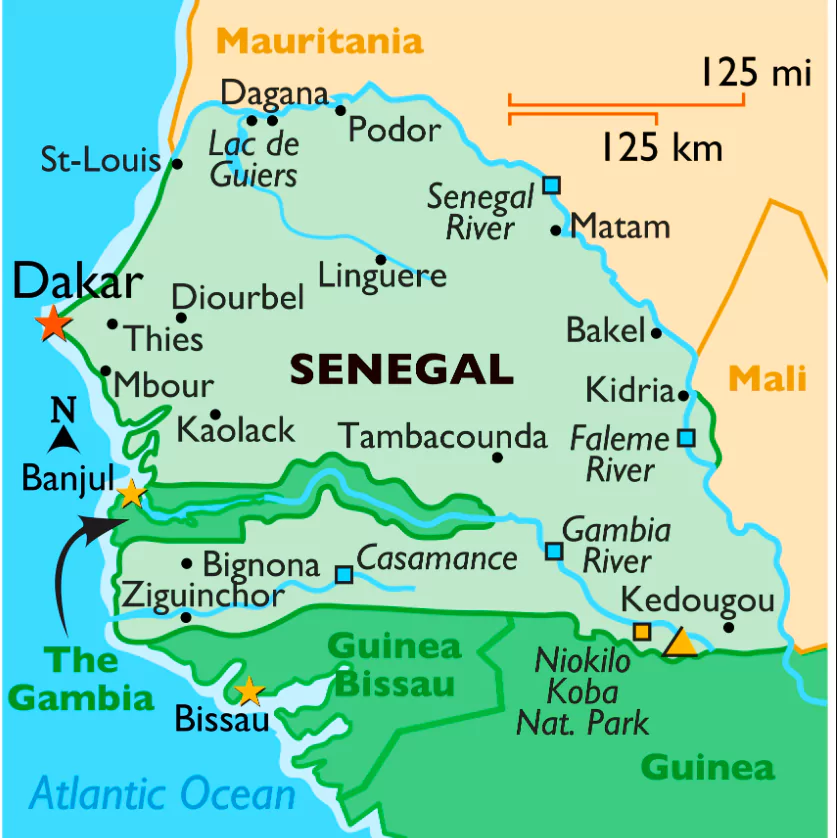
Sahel Region
|
|---|
News Source: The Hindu
| Must Read | |
| NCERT Notes For UPSC | UPSC Daily Current Affairs |
| UPSC Blogs | UPSC Daily Editorials |
| Daily Current Affairs Quiz | Daily Main Answer Writing |
| UPSC Mains Previous Year Papers | UPSC Test Series 2024 |
Advanced Genomic Techniques used in ancient DNA studies have provided extraordinary insights into the genetic makeup of our ancestors.
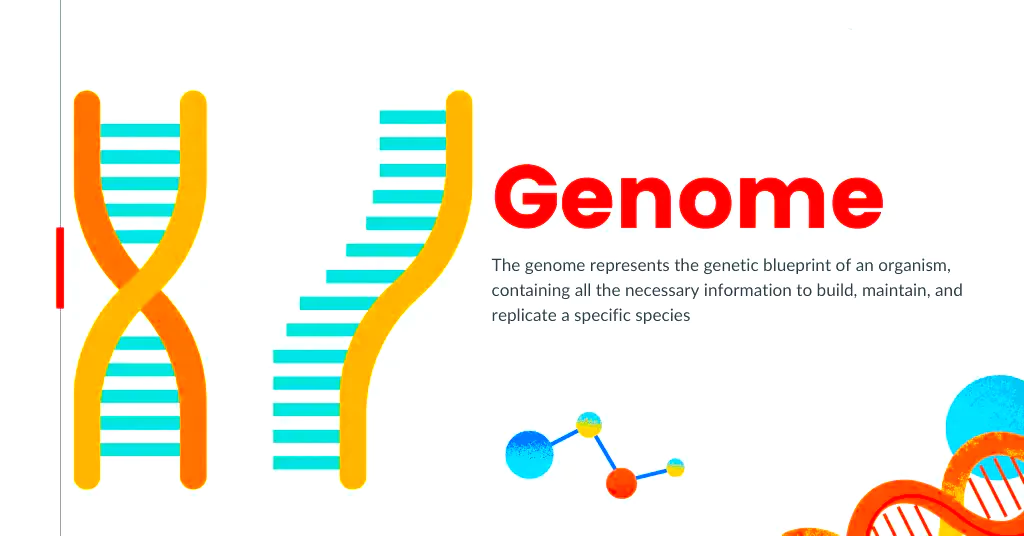
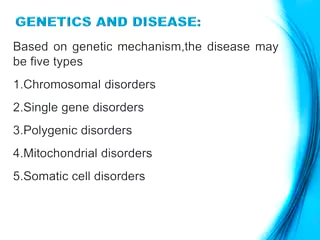
Genetic Ancestry Testing:
|
|---|
News Source: The Hindu
| Must Read | |
| NCERT Notes For UPSC | UPSC Daily Current Affairs |
| UPSC Blogs | UPSC Daily Editorials |
| Daily Current Affairs Quiz | Daily Main Answer Writing |
| UPSC Mains Previous Year Papers | UPSC Test Series 2024 |
Recently, the Annual Report 2022-23 of the NCSC (National Commission of Schedule Castes) has been submitted to the President of India.
News Source: PIB
| Must Read | |
| NCERT Notes For UPSC | UPSC Daily Current Affairs |
| UPSC Blogs | UPSC Daily Editorials |
| Daily Current Affairs Quiz | Daily Main Answer Writing |
| UPSC Mains Previous Year Papers | UPSC Test Series 2024 |
The Home minister paid tribute to freedom fighter Vasudev Balwant Phadke on his death anniversary.
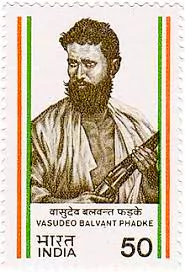
Methods employed By Vasudev Balwant Phadke Ji
|
|---|
In the short span of his life, Vasudev Balwant Phadke paved the way for an organised armed movement that would fight for the freedom of India.
News Source: AIR
| Must Read | |
| NCERT Notes For UPSC | UPSC Daily Current Affairs |
| UPSC Blogs | UPSC Daily Editorials |
| Daily Current Affairs Quiz | Daily Main Answer Writing |
| UPSC Mains Previous Year Papers | UPSC Test Series 2024 |
Chhatrapati Shivaji Maharaj Jayanti / Shivaji Jayanti, is celebrated on February 19 every year.
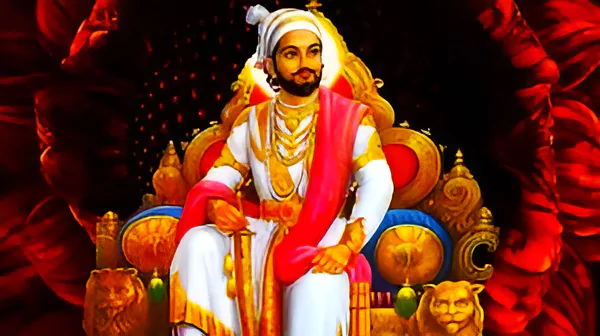
The Battle of Pratapgarh:
|
|---|
Ashtapradhan Mandal of Shivaji Maharaj: an exemplary model of governance
|
|---|
Reference: Livemint
| Must Read | |
| NCERT Notes For UPSC | UPSC Daily Current Affairs |
| UPSC Blogs | UPSC Daily Editorials |
| Daily Current Affairs Quiz | Daily Main Answer Writing |
| UPSC Mains Previous Year Papers | UPSC Test Series 2024 |
This article is based on the news “NITI Aayog Releases Position Paper– Senior Care Reforms” which was published in the PIB. NITI Aayog recently released a position paper titled “Senior Care Reforms in India: Reimagining the Senior Care Paradigm” discussing the current trends, challenges and reforms for the ageing population.
| Relevancy for Prelims: NITI Aayog, India Ageing Report 2023 By UNFPA-INDIA, International Day Of Older Persons, World Senior Citizen Day 2023, and Atal Vayo Abhyuday Yojana.
Relevancy for Mains: Key Highlights From the NITI Aayog’s Paper On Senior Care Reforms in India. |
|---|
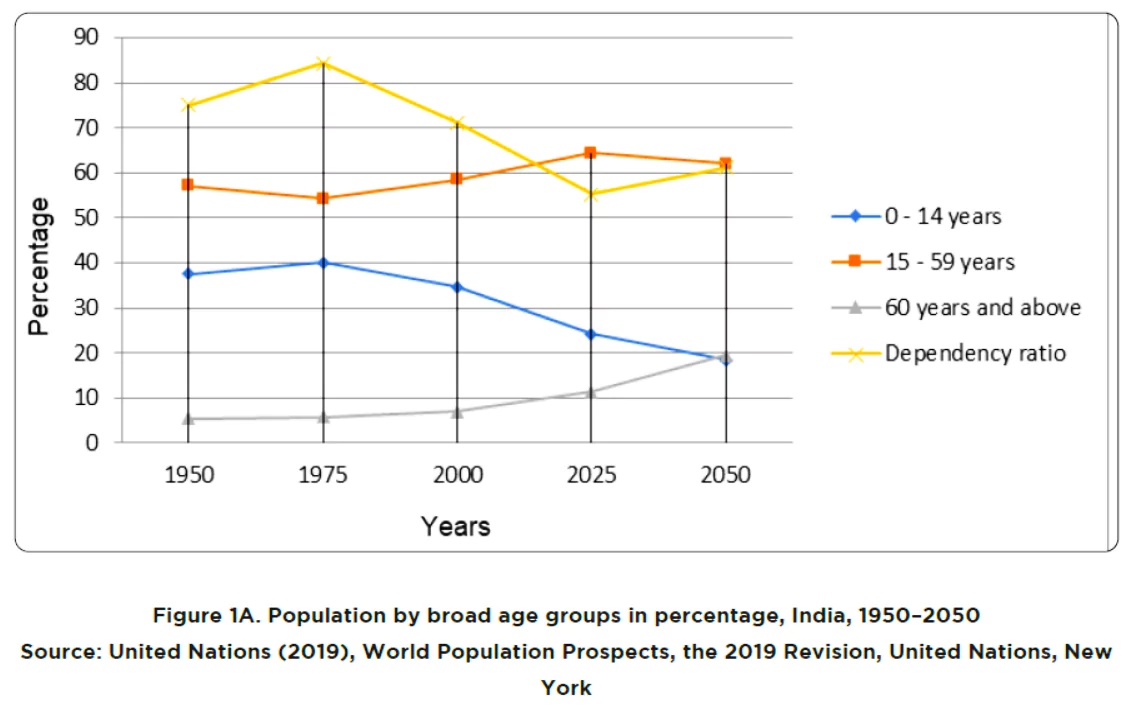
Concept Of Ageing
|
|---|
It was launched in 2016 by the Ministry of Health and Family Welfare. It is a full-scale national survey and a seminal study on the status of the ageing population in India.
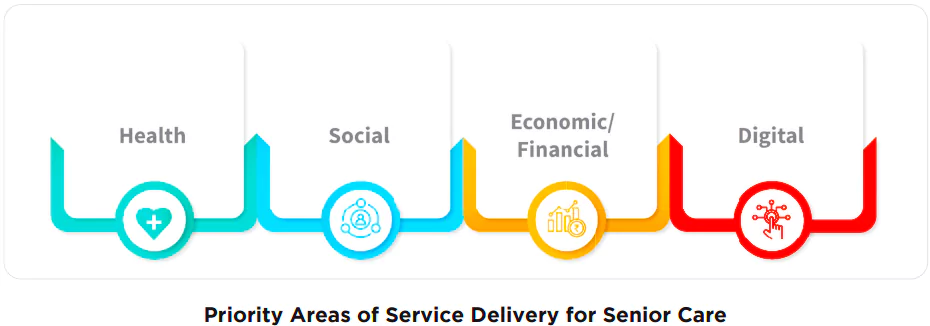
Impact of Climate Change on Senior Citizen:
|
|---|
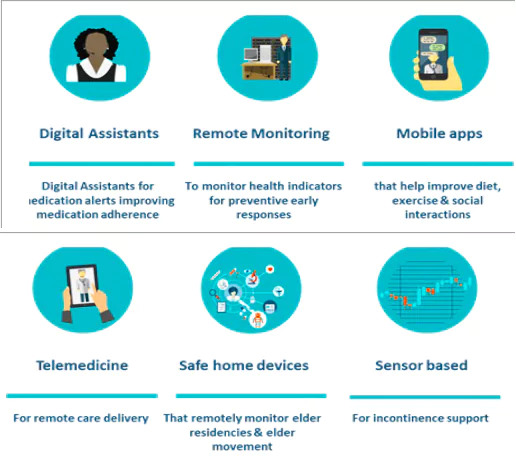 Capital for Senior Care: Boosting liquidity and investment in the senior care sector.
Capital for Senior Care: Boosting liquidity and investment in the senior care sector.
Important Schemes By Government of India for Welfare of Senior Citizens
|
|---|
Silver Economy
|
| Must Read | |
| NCERT Notes For UPSC | UPSC Daily Current Affairs |
| UPSC Blogs | UPSC Daily Editorials |
| Daily Current Affairs Quiz | Daily Main Answer Writing |
| UPSC Mains Previous Year Papers | UPSC Test Series 2024 |
This article is based on the news “CMS COP14 ends in Samarkand; proposals listing 14 migratory species adopted” which was published in the DownToEarth. The 14th Conference of Parties of CMS ended in Samarkand, Uzbekistan with the proposed recommendation of listing 14 migratory species.
| Relevancy for Prelims: State Of World’s Migratory Species Report, IUCN Red List, and Climate Change And Migratory Species.
Relevancy for Mains: 14th CoP to Convention On Migratory Species (CMS): Key Highlights, Addition of New Species, and about Migratory species. |
|---|
Committee of the Whole (COW):
|
|---|
Also Read: UN Climate Summit 2023 or COP28
Proposals for 14 Enlisting Migratory Species: Eurasian Iynx, Peruvian pelican, Pallas’s cat, Guanaco, Lahille’s bottlenose dolphin, Harbour porpoise, Magellanic plover, Bearded vulture, Blackchin guitarfish, Bull ray, Lusitanian cow nose ray, and Gilded catfish.
Single Species Action Plan:
|
|---|
Important Fact:
|
|---|
Convention On Migratory Species (CMS) has two appendices to list migratory species.
India and CMS (Bonn Convention)
|
|---|
Additional Reading: Important Species Under News
|
| Prelims PYQ (2017):
In India, if a species of tortoise is declared protected under Schedule I of the Wildlife (Protection) Act, 1972, what does it imply? (a) It enjoys the same level of protection as the tiger. (b) It no longer exists in the wild, a few individuals are under captive protection; and not it is impossible to prevent its extinction. (c) It is endemic to a particular region of India. (d) Both (b) and (c) Stated above are correct in this context Ans: (a) |
|---|
| Mains Question: Critically assess the enforcement mechanisms outlined in the Wildlife Protection Act. How effective are these mechanisms in deterring wildlife-related offenses? (250 words, 15 Marks) |
|---|
| Must Read | |
| NCERT Notes For UPSC | UPSC Daily Current Affairs |
| UPSC Blogs | UPSC Daily Editorials |
| Daily Current Affairs Quiz | Daily Main Answer Writing |
| UPSC Mains Previous Year Papers | UPSC Test Series 2024 |
SC Verdict on Newsclick Shows Adherence to Due Pro...
Stay Invested: On Chabahar and India-Iran Relation...
Credit Rating Agencies, Impact on India’s De...
Catapulting Indian Biopharma Industry
Globalisation Under Threat, US Import Tariffs Have...
Global Report on Hypertension, Global Insights and...
<div class="new-fform">
</div>
